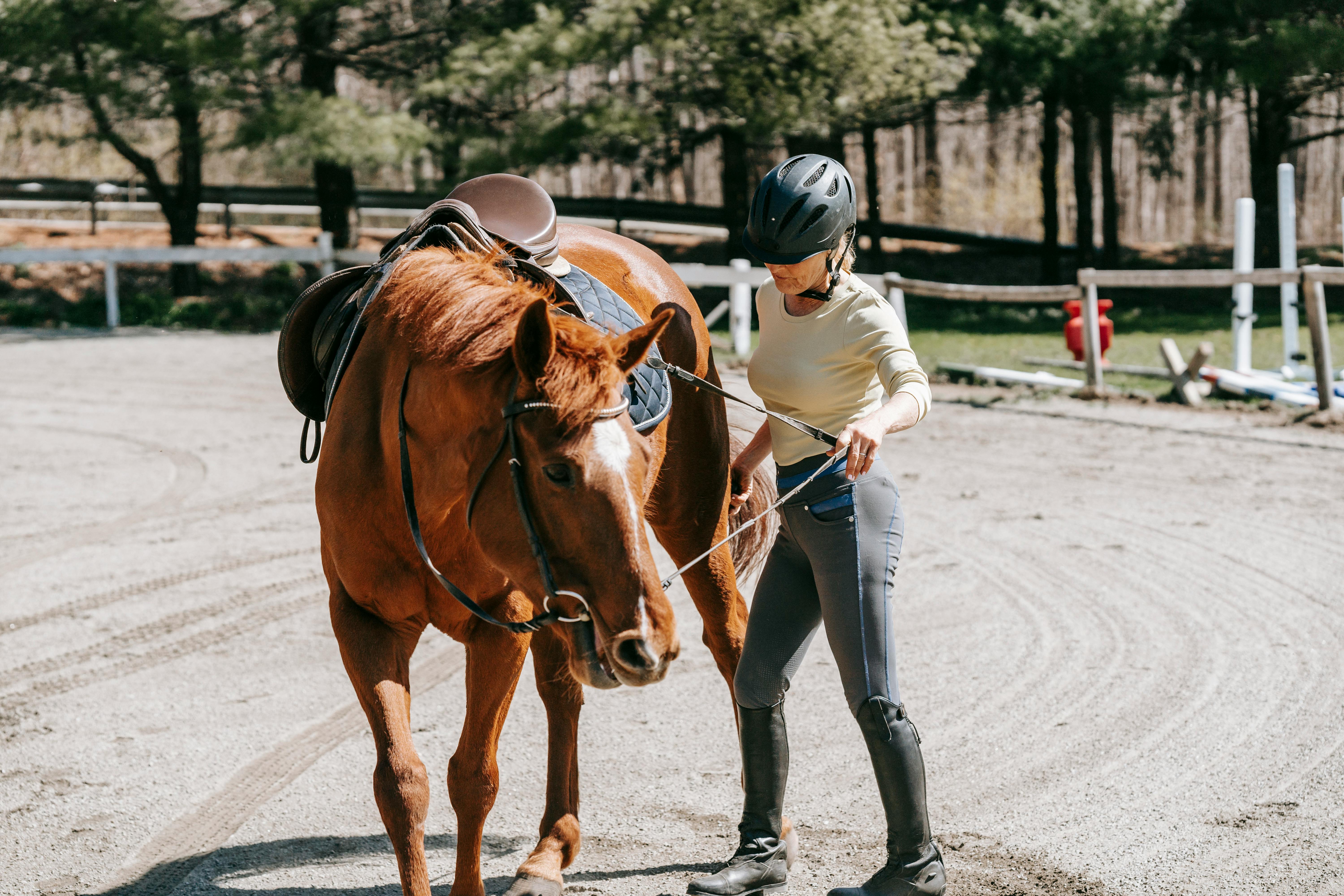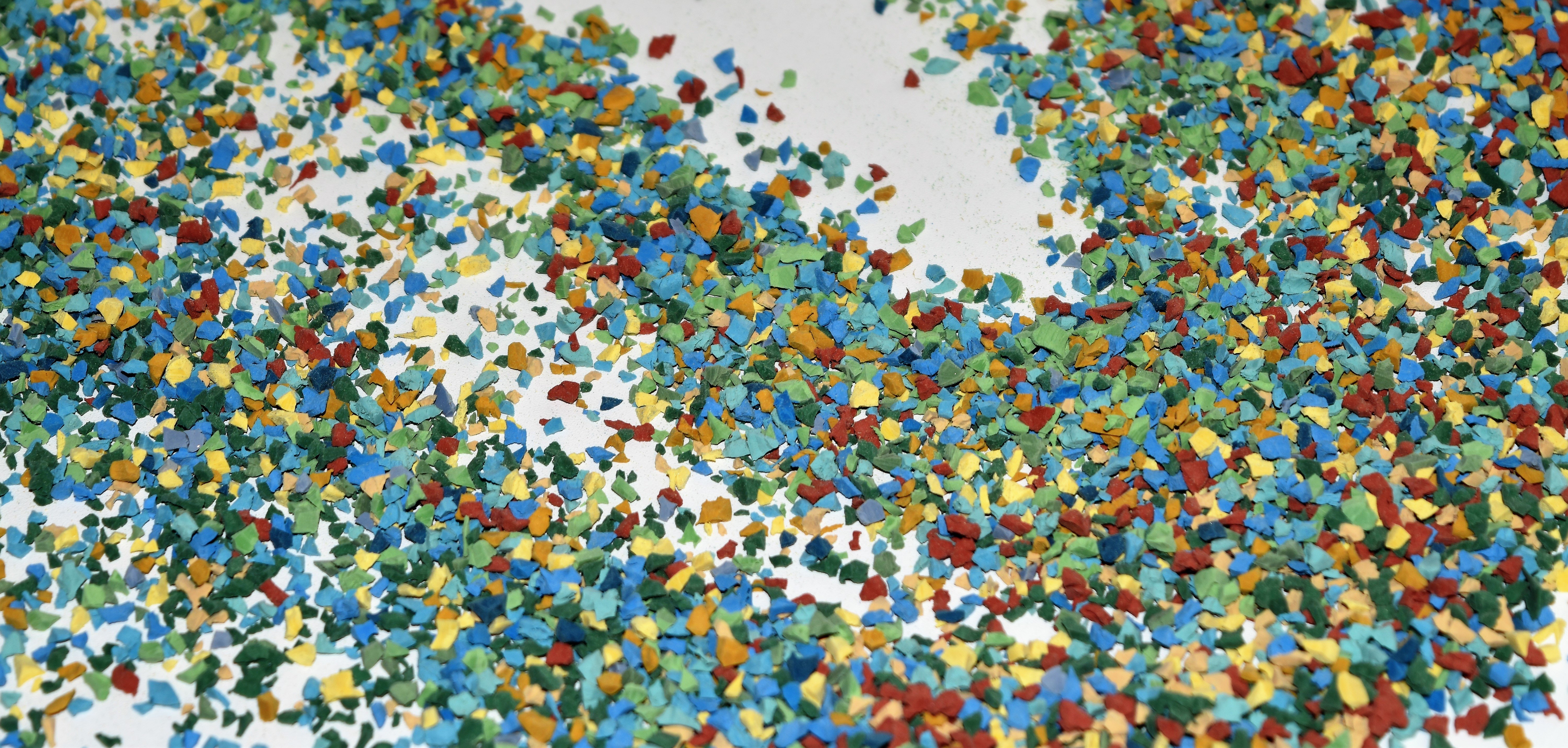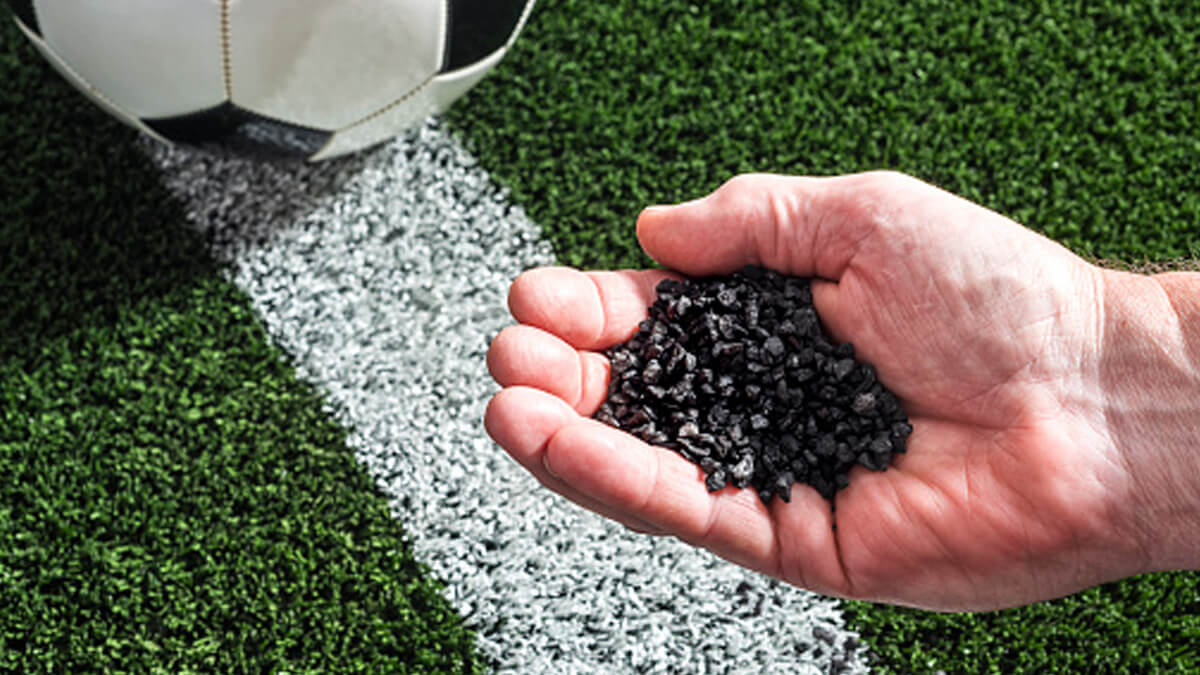Installing a new running track at your facility is an exciting moment — you are adding an important amenity that your athletes can use on a daily basis. However, it's important to invest in a well-designed running track made of high-quality materials. Not only will this ensure that your running track surface looks great and lasts for a long period of time, but it also will protect the athletes who utilize it regularly.
This step-by-step guide will walk you through the process of designing an incredible running track that will be loved and enjoyed for years to come.
Step One: Site Selection and Preparation
Before you can begin designing and choosing the right surface materials, you will need to choose the best location for the new running track.
A few considerations that you need to make when selecting the final site are:
- The terrain of the landscape. It's necessary to choose a relatively flat and level surface in order to design a track that is both durable and enjoyable to use.
- The drainage in the area where the track will be installed. Outdoor running tracks are susceptible to flooding, so it's important to choose an area that has effective natural drainage. This prevents water from pooling on the track or from covering the track.
- The proximity of the location to other nearby facilities. For example, if you are building a new track for the local high school, you will want to make sure it's within walking distance from the school itself in order to make it as convenient as possible for the young athletes to use it.
The size that you prefer for your running track will also influence the site that you choose. For instance, a four-lane, 400-meter track has a footprint of about 26,000 square feet, while a larger track with eight lanes may take up twice as much space. Knowing the dimensions of your track and the amount of space you will need will help you select a site that will accommodate your project.
Step Two: Design Considerations
The layout of your running track will be heavily influenced by your intentions for the track. These are some of the standard dimensions of running tracks:
- Standard NCAA 400-Meter Running Track — This is the type of track typically found on college campuses. It is an oval-shaped track that consists of eight lanes. It requires just more than 157,000 square feet of space on site.
- 300-Meter Running Track — This is not a common size for running tracks, but it is used in facilities that cannot accommodate a 400-meter track. Many high schools are starting to opt for this type of track, which is oval-shaped and has five lanes. It requires almost 111,000 square feet of space.
- 200-Meter Running Track — This track is the preferred option at smaller facilities that have limited space, such as elementary and middle schools or community recreation facilities. With six running lanes, this oval-shaped track requires about 80,000 square feet of space to build.
- Sprint Tracks — With five or six straight lanes, spring tracks are the smallest running tracks to build and the easiest to fit in a small space. They require just less than 8,000 square feet of space to build.
If you choose to veer from the standard dimensions, you will find that the width of your lanes and the curvature of your running track significantly impact its overall footprint. Be sure to work closely with the track designer in order to be sure that the size and scope of the track fits within the confines of the site you have selected.
Step Three: Surface Material Selection
The running track surface materials that you select will not only impact the appearance of the track, but also its ability to accommodate athletes of all levels.
Some of the most commonly used running track surface materials are:
- Polyurethane — Polyurethane is the preferred running track surface materials, particularly among those who are designing an outdoor tracks. Polyurethane tracks are created with EPDM granules as a base layer in order to add elasticity to the track. In addition, colorful SBR granules add dimension and protection to the track itself. Polyurethane tracks are able to expand and contract with the changing weather conditions, making them one of the most durable options for all-season, outdoor running tracks. They have a lifespan of about 25 years.
- Latex — Latex running tracks also are created with SBR rubber granules. They are known for their ability to improve the performance of athletes, providing them with the elasticity they need to run swiftly and consistently throughout the entire race. They also can protect the joints and muscles of athletes who are using the track on a regular basis. With proper care, latex tracks can last for between 20 and 30 years.
You will want to invest in a surface material that will optimize the performance of your track while extending its lifespan. Purchasing high-quality, rubber running track surface materials is one of the best design choices you can make for your track.
Step Four: Drainage & Irrigation
Incorporating an effective drainage and irrigation system into your running track not only ensures that it is able to be used whenever necessary, but also helps to protect it from weather-related damage in the future.
There are several drainage options for running tracks, but most designers find that the slot drain system is best. Slot drains are slim, trench-style drains that will effectively remove water from the running surface without presenting an additional trip hazard to the runners who are using the track. Slot drains can easily be installed along with your surfacing materials, allowing you to create a seamless and cohesive design for your running track.
With a drainage system in place, you will prevent water from pooling on the track, ultimately allowing people to use the track whenever they want and need.
Step Five: Fencing, Seating, and Amenities
Beyond the running track itself, your design should incorporate additional amenities that will improve the usefulness of the facility. Some common amenities that are installed along with the track include:
- Fencing — Fencing should be installed around the perimeter of the track facility, as this helps to protect the athletes who are using the track and also prevent overuse of the track itself. Chain link fencing is commonly scene around most running tracks, regardless of their size or intended use.
- Seating — Seating is necessary so that spectators can cheer on their favorite athletes at events. Aluminum bleachers have long been considered one of the best seating options for running tracks, as they can comfortably accommodate a large number of spectators at any given time.
The types of amenities and features that you choose will depend on the purpose for your running track and the facility that you are working with. By investing in the right amenities for your track, you will ensure that both athletes and spectators are able to enjoy the new track to the fullest.
Step Six: Maintenance and Long-Term Care
While running tracks made with rubber surface materials are known for their durability, you will still need to properly maintain your new track in order to maximize its lifespan. Removing debris on a regular basis and rinsing the track several times per year will help to prevent short-term wear and tear on your running track. In addition, regular deep cleanings will protect your track, improve its overall appearance and extend its lifespan.
Contact Sparton to Learn More About Running Track Materials
The materials that you use for your running track surface matter. At Sparton Enterprises, we offer high-quality, durable rubber surfacing material that will allow you to design a vibrant, safe and durable running track.
Contact us today to receive your free estimate and to learn more about how our running track surface materials will improve your project.



